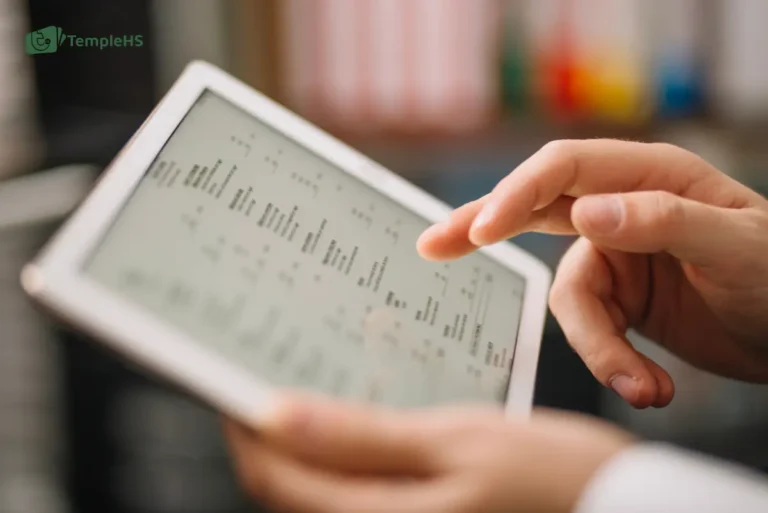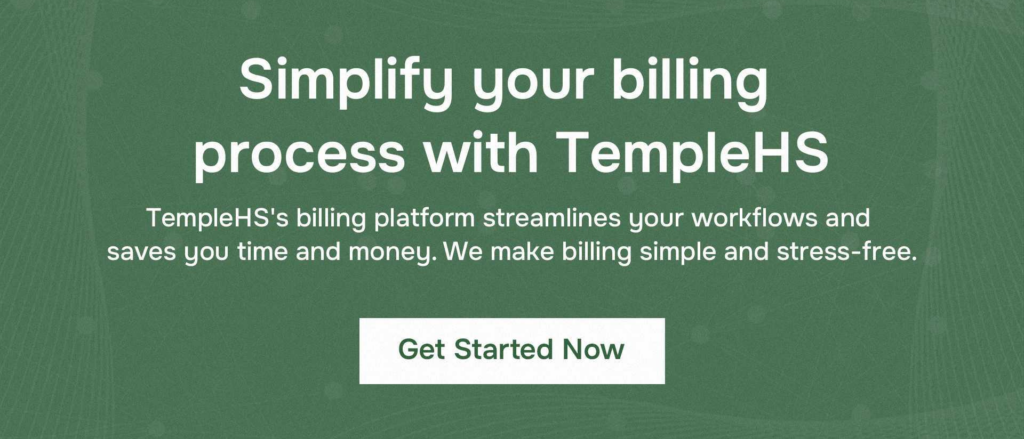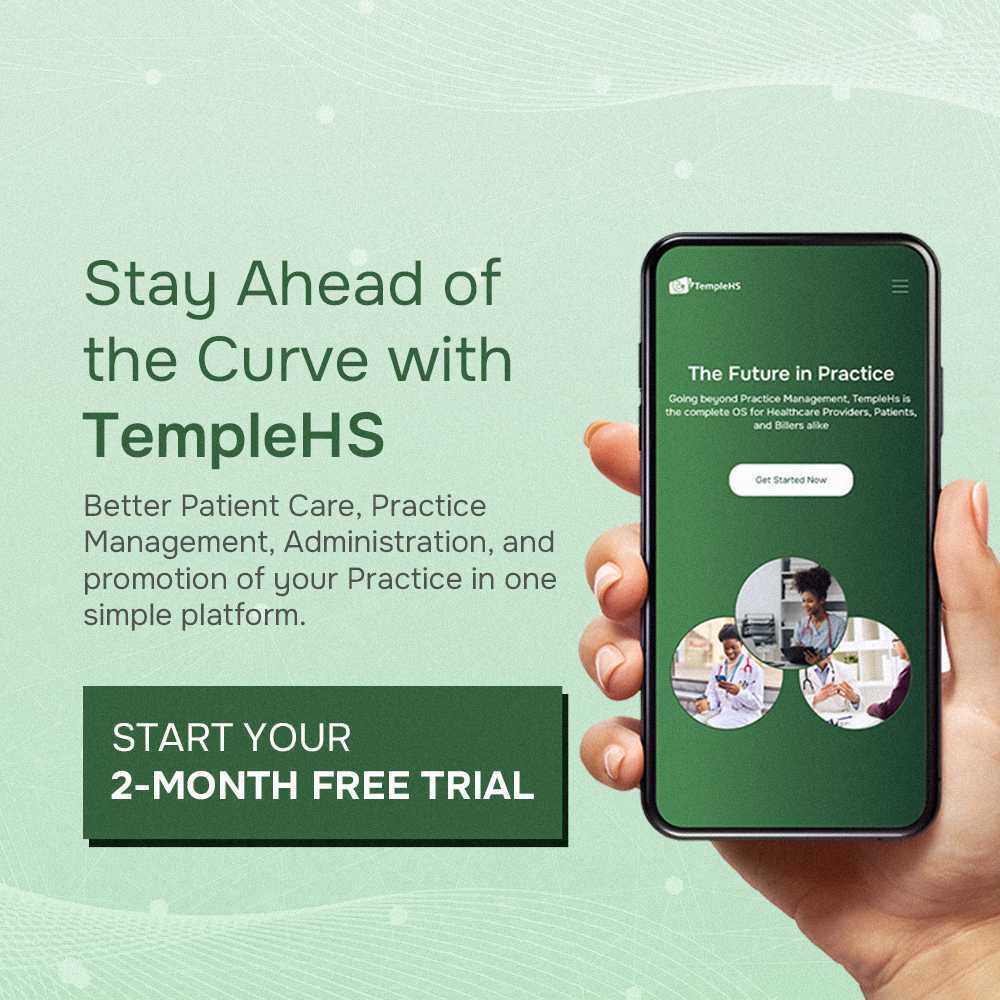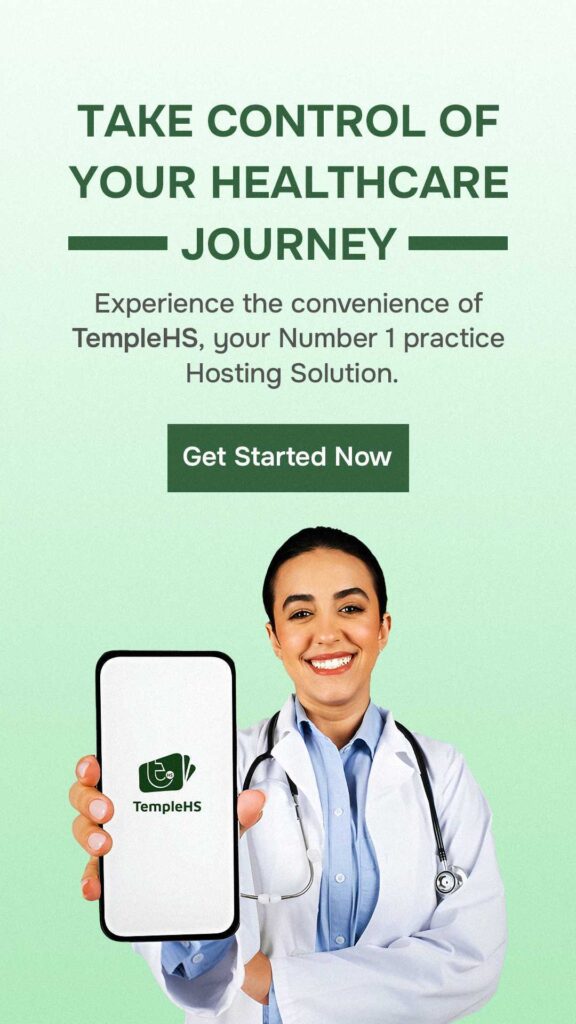Did you know that Electronic Health Records (EHR) can revolutionize the billing and collection processes in healthcare? EHR systems are digital versions of patients’ paper charts, providing real-time access to patient data. These systems improve patient care and streamline administrative tasks, including billing and collections. Efficient billing and collection are critical for the financial health of any medical practice. With EHR, healthcare providers can automate and simplify these processes, reducing errors and saving time.
This post will explore how EHR improves the billing and collection process, making it more efficient and effective for healthcare providers.
How Ehr Improves Billing and Collection Process
1. Automation of Billing Processes
EHR systems automate many aspects of the billing process, reducing the need for manual entry and minimizing human error. Automation includes coding for medical procedures and generating bills based on these codes. This automation ensures accuracy and consistency, which is crucial for proper billing.
Automated billing reduces the time it takes to process claims. By automatically coding procedures and services, EHRs help speed up the submission of claims to insurance companies, leading to faster reimbursement. This efficiency is critical for maintaining a steady cash flow in medical practices.
2. Improved Accuracy and Compliance
EHRs help improve the accuracy of billing by integrating with coding systems such as ICD-10 and CPT. These integrations ensure that the correct codes are used for each procedure, reducing the likelihood of errors that can lead to claim denials or delays.
Also, EHR systems are updated regularly to comply with the latest regulations and standards in healthcare billing. This compliance ensures that all billing practices meet legal and regulatory requirements, reducing the risk of fines and penalties.
3. Real-Time Data Access
EHRs provide healthcare providers with real-time access to patient data. This access includes information on services rendered, medications prescribed, and other relevant details. Having this information readily available ensures that bills are accurate and reflect the most current data.
Real-time access also allows for quick verification of patient insurance coverage and benefits. This verification can prevent delays in billing and collections by ensuring that the correct information is used from the start.
4. Streamlined Claims Management
Managing claims can be a complex and time-consuming process. EHRs simplify this by integrating claims management into the system. This integration includes features such as electronic claim submission, tracking claim status, and receiving updates on claim denials or approvals.
EHRs also provide alerts and notifications for any issues that need attention, such as missing information or documentation required for claims. By addressing these issues promptly, healthcare providers can reduce the number of denied or delayed claims, improving overall collections.
5. Enhanced Patient Communication
Clear and timely communication with patients about their billing information is essential for successful collections. EHRs facilitate this communication by providing patients with access to their billing information through patient portals. These portals allow patients to view their bills, make payments, and communicate with billing staff.
EHRs can also send automated reminders to patients about upcoming payments or past-due bills. These reminders help ensure that patients are aware of their financial responsibilities and can make timely payments.
6. Efficient Payment Processing
EHR systems streamline payment processing by integrating with various payment methods. Patients can pay their bills online through the patient portal, which is often linked to multiple payment options, including credit cards, bank transfers, and payment plans.
This integration simplifies the payment process for patients and reduces the administrative burden on healthcare providers. Efficient payment processing ensures that payments are collected promptly, improving cash flow and reducing the time spent on collections.
7. Comprehensive Financial Reporting
EHRs provide comprehensive financial reporting tools that help healthcare providers track and analyze their billing and collection processes. These reports can include information on billing trends, payment patterns, and outstanding balances.
By analyzing this data, healthcare providers can identify areas for improvement and implement strategies to enhance their billing and collections. For example, providers can identify common reasons for claim denials and take steps to address them, reducing future denials and improving overall efficiency.
8. Integration with Practice Management Systems
EHR systems often integrate with practice management systems, creating a seamless workflow for administrative tasks. This integration ensures that all aspects of the billing and collection processes are connected, from scheduling appointments to submitting claims.
Such integration eliminates the need for duplicate data entry and reduces the risk of errors. It also provides a unified platform for managing all administrative and financial tasks, making it easier for healthcare providers to manage their practices efficiently.
Embrace Efficient Billing and Record Management with TempleHS
TempleHS offers a comprehensive solution for healthcare providers, patients, and billers to efficiently manage billing and record management processes. With its intuitive and user-friendly platform, TempleHS simplifies various aspects of healthcare administration, ensuring seamless and secure operations.
For providers, TempleHS enhances practice management by streamlining appointment scheduling, provider communication, and electronic health record (EHR) management. This integration ensures that healthcare providers can manage their practices with greater efficiency and accuracy. The platform’s automated billing solutions reduce the time spent on claim management and reimbursement processes, allowing providers to focus more on patient care and less on administrative tasks.
Patients benefit from TempleHS through its secure patient portal, which allows for easy access to medical records, appointment scheduling, and telehealth services. This accessibility ensures that patients can manage their healthcare conveniently and stay connected with their providers. The platform also supports secure communication, ensuring patient data privacy and compliance with regulations like HIPAA.
TempleHS provides robust tools to streamline the billing process for billers. Features such as electronic claims submission, automated payment processing, and detailed financial reporting improve accuracy and efficiency. TempleHS is designed to modernize and simplify healthcare management, offering a holistic solution that supports the needs of providers, patients, and billers alike.
Conclusion
EHR systems significantly enhance the billing and collection processes in healthcare by automating tasks, reducing errors, and improving efficiency. These systems provide healthcare providers with the tools they need to manage financial tasks more effectively, ensuring a smoother workflow and better financial health for medical practices. By leveraging EHR technology, healthcare providers can focus more on patient care and less on administrative burdens.



